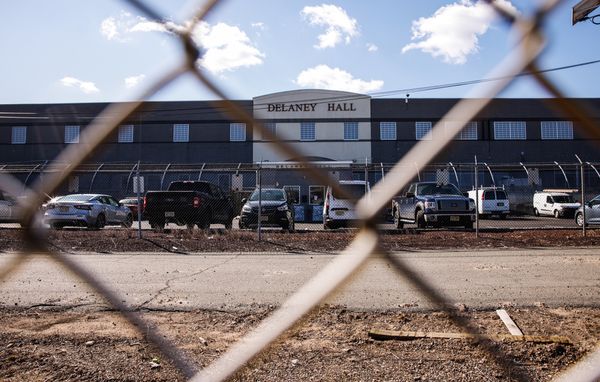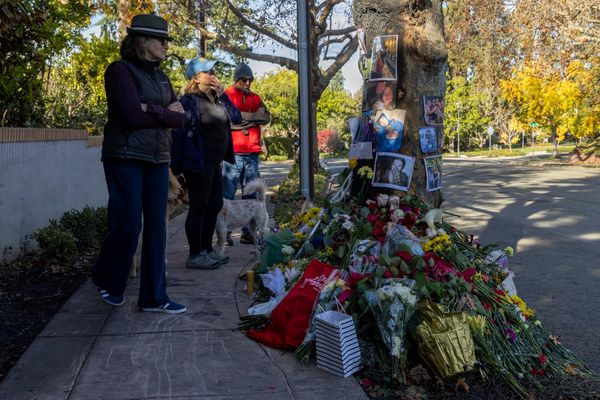
I have collected hundreds and hundreds of broken shells. I select them by holding them up to the sea, looking at the shape of them and deciding whether I want to work with them – and whether they will work with my thread.
To me, a shell that is broken is more interesting than a shell that is perfect. A broken shell has lived a life. I can see what the sea has done to it, what has happened to it on the rocks and stones. We spend so much of our lives searching for or trying to obtain perfection. But as I’ve got older, I’ve realised that perfection is unattainable – and the search isn’t worth it.
Instead, I look for a shell that has been marked by its experiences, the way we are marked on our skin, when we age. I look for a shell that has been through a lot, that’s been thrown around the sea or damaged by a seagull. And yet, it’s OK. It’s still here. It’s fine.
There are nearly 1,000 broken shells in my collection now, but I still go down to the sea about five times a week to get more. When I find a broken shell I like, I’ll weave my thread along its jagged edges and through its holes, and turn it into a work of art. That is my way of addressing the deterioration of the natural landscape, putting some new life into it and creating a sense of renewal.
When I show my work and other people connect with it – when they look at the shells that are battered and broken and flawed and find them beautiful – I feel I’m doing what I was meant to do with my life.
It all started five years ago after I moved to St Leonards-on-Sea on the south-east coast of England. I was walking by the sea and picked up some shells that were broken. I noticed some had holes in them, which I found interesting. I had seen seagulls picking up shells and dropping them, to create these holes, so they could peck out whatever food was inside.
I always take my sewing pouch with me wherever I go, and so afterwards, in a cafe on Hastings pier, I found myself winding my thread around one of the shells and in and out of the holes.
It was a grey and white oyster shell, slightly pink inside. I didn’t have a plan about what I wanted to do with the thread and the shell, I just wanted to do something to celebrate the cracks and breaks. And that’s how I started making my sculptures. I have not stopped since.
As well as the sea, all my art is connected with ageing and time. Sometimes, I will draw the lines and damage marks of the broken shells and combine it with a drawing of the lines and wrinkles of my face. As far as I’m concerned, those lines and marks are part of who I am, just as they are part of the shells I collect. I think, as I have got older, I’ve come to realise that everything changes – and that has given me a sense of peace.
My last show was called Perfect is the Enemy of Good, which is attributed to Voltaire, I believe. One piece I showed was a shell suit – a sculpture in the shape of a swimsuit which I made out of wire, shells and antique lace. Every bit of it is broken but as one piece, it comes together.
As told to Donna Ferguson. Looking Beyond, an exhibition of Nathalie Frost’s work, will be on show at Farleys House and Gallery in Chiddingly, East Sussex, from 3 April







